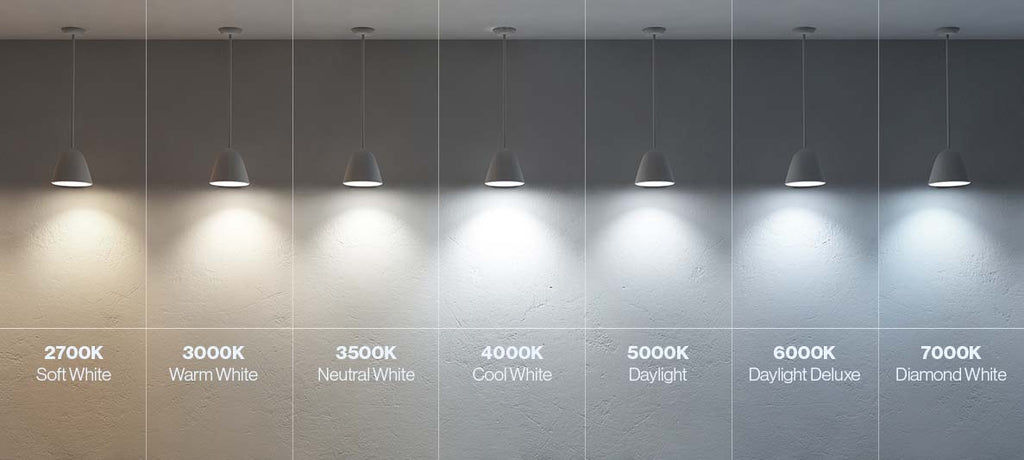A Fresh Push to Connect Veterans with Energy and Manufacturing Jobs
Back in late June, two members of Congress—Reps. Jen Kiggans (R-Va.) and Chrissy Houlahan (D-Pa.)—introduced a new bipartisan bill that could make it a lot easier for service members leaving the military to find careers in the energy and advanced manufacturing industries. Both lawmakers are military veterans themselves and sit on the House Armed Services Committee, so they know firsthand what the transition from military to civilian life can be like.
The bill, called the Veterans Energy Transition (VET) Act, builds on the Department of Defense’s existing SkillBridge program. If it passes, it would create new partnerships with employers in energy, utilities, and advanced manufacturing, while also making it simpler for small businesses and nonprofits to get involved. A big deal here is that the legislation would expand opportunities not just for veterans, but also for military spouses—who often face major career disruptions due to frequent moves. On top of that, the bill prioritizes connections with apprenticeship programs, which means more hands-on training and faster pathways to solid careers.

Why This Matters
The U.S. has a growing shortage of technically skilled workers, especially in the energy and manufacturing sectors. For example, about 10,000 electricians leave the workforce every year, but only 7,000 new ones enter. That gap adds up quickly, especially with energy demand climbing. Shortages like this don’t just slow down construction projects—they also affect economic stability and even national security.
Meanwhile, many veterans—who often already have technical training and leadership experience—struggle to land good civilian jobs. The VET Act aims to solve both problems at once: giving veterans and their families more career opportunities, while also filling critical workforce needs.

What the Bill Would Do
If passed, the VET Act would:
-
Create a grant program through the Department of Labor, giving employers in energy and advanced manufacturing financial support for hiring veterans, service members, and spouses.
-
Offer up to $10,000 per hire, and up to $500,000 per employer annually, to cover things like training, certification, relocation, and onboarding costs.
-
Focus on helping those most in need, such as veterans with disabilities, those who were involuntarily separated, or those experiencing homelessness.
-
Make sure it works hand-in-hand with existing DoD and VA transition programs like TAP, SkillBridge, and Solid Start.
With demand for electricians projected to grow twice as fast as the average for other jobs, creating about 73,500 openings per year, this program could be a major step toward meeting that need.

Industry Support
The proposal is already getting strong backing from major industry groups:
NECA (National Electrical Contractors Association) praised the bill as a way to both support military families and strengthen America’s skilled workforce. They emphasized that service members already have discipline and training that make them an excellent fit for technical careers like electrical work.
NAED (National Association of Electrical Distributors) highlighted how critical it is to act now, especially since about 200,000 service members transition out of active duty every year. That’s a huge pool of motivated talent that could help power the future of America’s economy.
NEMA (National Electrical Manufacturers Association) pointed out that veterans’ skills—ranging from robotics to logistics to cybersecurity—line up perfectly with what modern manufacturing needs. They also stressed that this isn’t just about jobs today, but about building the secure, reliable energy grid of the future.

Bottom Line
The VET Act is being seen as a win-win: it helps veterans and their families land good-paying, future-proof jobs, while also addressing urgent workforce shortages in industries that keep the country running. If it moves forward, it could become a cornerstone of how the U.S. balances energy demand, economic security, and veteran support.



